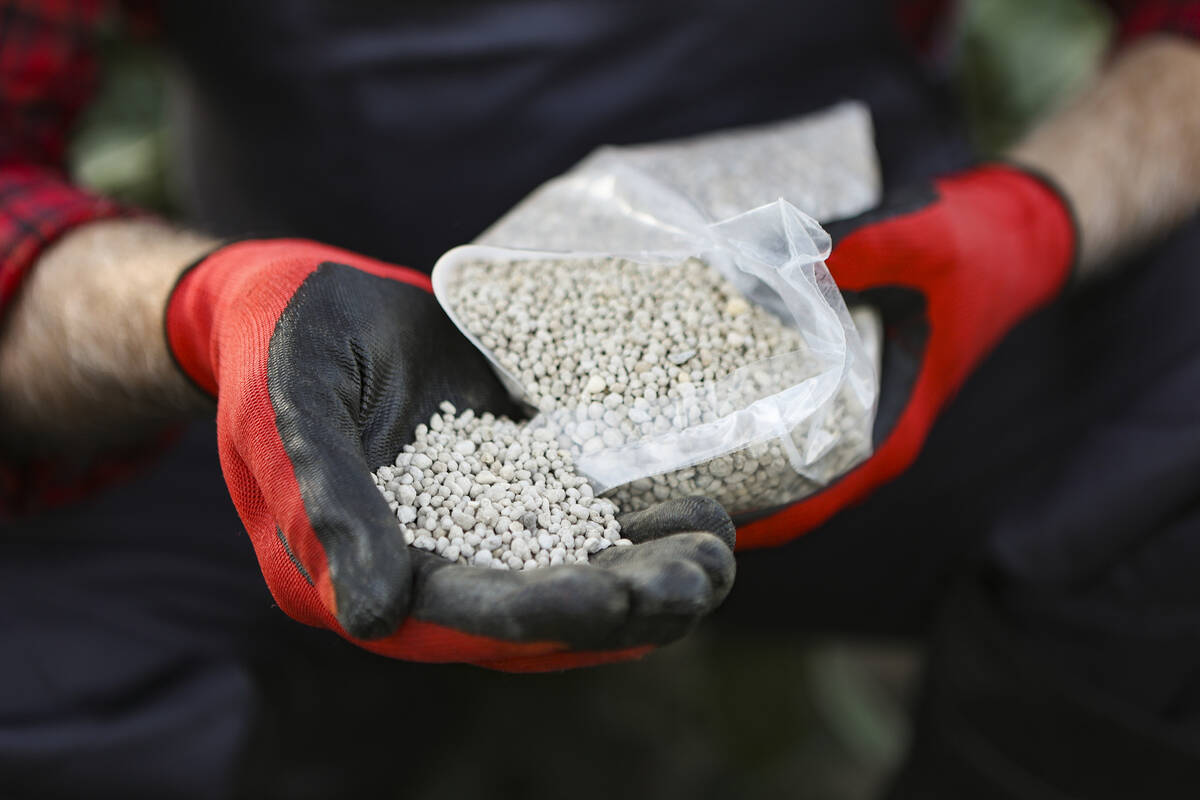Keystone Agricultural Producers (KAP) will receive a major cash injection of $432,000 over the next two years to establish a broad-reaching and extensive new farm safety program.
The funds announced by both provincial and federal ag ministers last week will flow through Growing Forward 2 and used to provide practical, on-farm expertise, resources and training for on-farm safety.
KAP’s president said last week he hopes this substantial investment in farm safety education helps their sector finally turn its back on its poor safety record.
The hope is for sweeping change in attitudes towards safety that will extend well beyond the two-year funding for it.
Read Also

Fertilizer label changes called costly, unnecessary
Canada’s bulk fertilizer makers now have until July 2026 to update their labels, but industry says rules will be expensive, slow shipments to farmers and won’t actually make the system safer.
“It’s the start of a culture change in agriculture and helping it to adapt to modern-day work standards in Manitoba,” said Dan Mazier.
Mazier said the program will target all types of farmers and agricultural employers so they fully understand the regulations, rights and their responsibilities to create safer workplaces.
SAFE Work Manitoba is a program partner and will be working with KAP on programming for farmers that leads to adoption of best practices and standard operating procedure. The initiative will make a wide range of programs available, from hazard-specific training, to commodity-specific farm safety workshops and safety orientation programs, Mazier said. There will be on-site safety advisers to work directly with farm businesses to identify and address farm risks.
“Our goal is to provide resources for farmers that are practical,” Mazier said.
The ultimate goal is that their sector embrace a culture of safety and finally reverse its poor track record when it comes to the high rates of injury, stresses KAP general manager James Battershill.
“We have put an enormous amount of attention on farm safety already but certainly we still see more severe accidents and farm-related workplace accidents than most of the other industries in the province combined.”
And while deaths and injuries are devastating enough, a reputation as the most dangerous occupation that lacks a safety culture isn’t going to bode well when it comes to hiring and retaining skilled workers, Battershill said.
The changing labour market means agriculture will increasingly need to hire people who will simply expect that workplaces are safe and that attention is paid to their safety and well-being.
“We’re seeing consolidation in the industry and a greater reliance on non-family labour on the farm,” he said. “Farmers know their industry is dangerous and it’s almost accepted that that’s the cost of doing business. But those skilled workers our members are competing for… that pool of labour’s experience in other industries is that workplace safety programs are the norm.”
“We need to make sure we’re making farms as attractive a workplace as possible.”
KAP will hire a program director to administer the program and also work with a new farm safety council KAP is now assembling.
Battershill is meeting with farm organizations and commodity groups asking for representatives to sit on this council. It will provide key leadership and guidance for this initiative, he said. First and foremost they want a program “with lots of farmer common sense” in its delivery, he said.
This council will also provide critical leadership to get this initiative off the group because it’s fundamentally important that farmers know this is supported and led by their own farm organizations, not being imposed by a government entity.
“We’re really trying to find strong leadership within the industry to drive this forward,” he said.
















